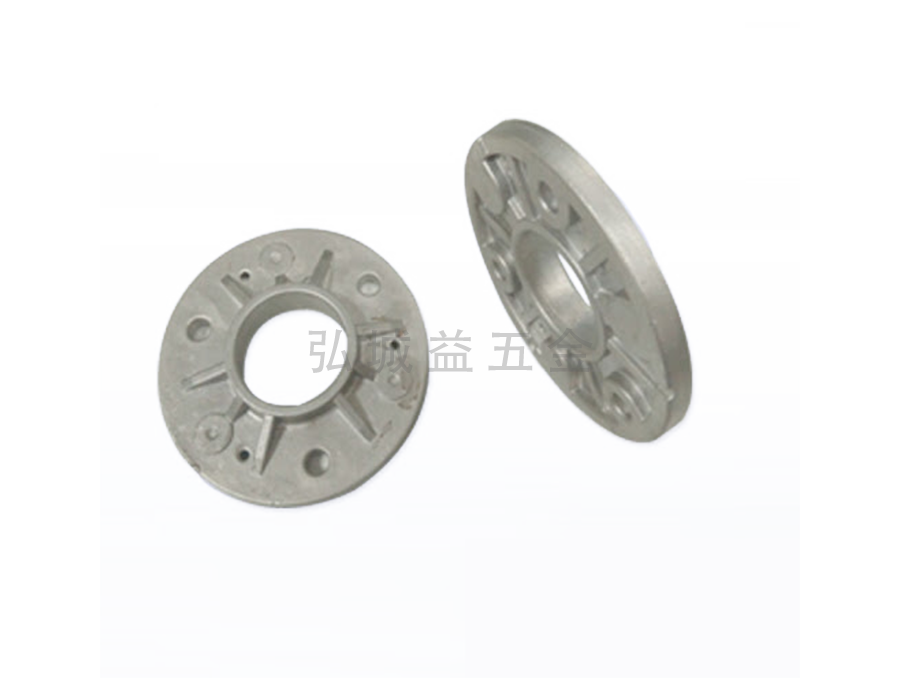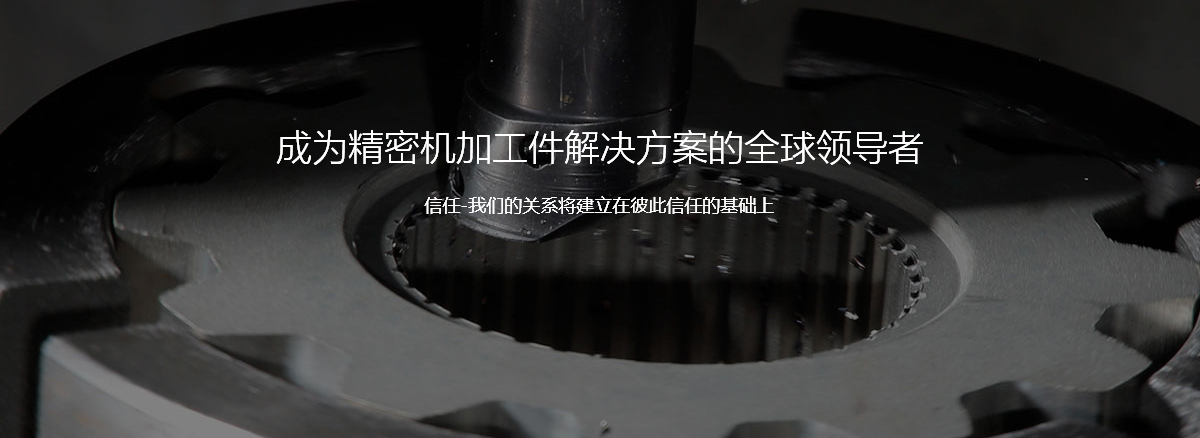How can hardware processing factories reduce the unqualified rate of hardware processing? The processing of hardware stamping parts includes processes such as cold stamping, bending, deep drawing, forming, casting and rolling.

The main raw materials for stamping parts processing are hot rolled or cold rolled (mainly cold rolled) metal strip raw materials, such as aluminum alloy plate, alloy round steel, spring steel plate, galvanized steel plate, tinned plate, stainless steel plate, copper and alloy copper plate, aluminum and aluminum plate, etc. The main raw materials for processing small hardware stamping parts are hot-rolled or cold-rolled (mainly cold rolled) metal strip raw materials, such as aluminum alloy plate, galvanized steel plate, tinplate, copper and alloy copper plate, aluminum and aluminum plate, etc.
The primary countermeasure to prevent waste in the processing of metal stamping parts is:
1. We should strictly follow all stages specified in the process regulations in all aspects;
2. The working clothes machinery and equipment used, such as presses and stamping molds, should ensure that they are working in all normal operating conditions
3. Persist in civilized production and manufacturing regulations, such as the use of suitable fixtures for the transmission of workpieces and blanks, otherwise it may crush and scratch the surface of the workpiece, endangering the quality of the surface of the workpiece;
4. During the entire process of die casting, it is necessary to ensure the cleanliness of the mold shell cavity, and the workplace should be organized in a clear and orderly manner. The processed workpiece should be placed neatly. The root cause of scrap occurrence in stamping parts processing.
5. Strict inspection rules and regulations have been established during the production process. The first sample of hardware stamping parts must be inspected comprehensively, and only after the inspection meets the standards can funds be invested in production and manufacturing. At the same time, safety inspections should be improved, and accidents should be properly handled;
6. The raw materials must be consistent with the required process standards (strict inspection of the specifications and models of the raw materials, and if there are standards, inspection and inspection should be carried out on workpieces that require high precision in external dimensions and surface roughness.


